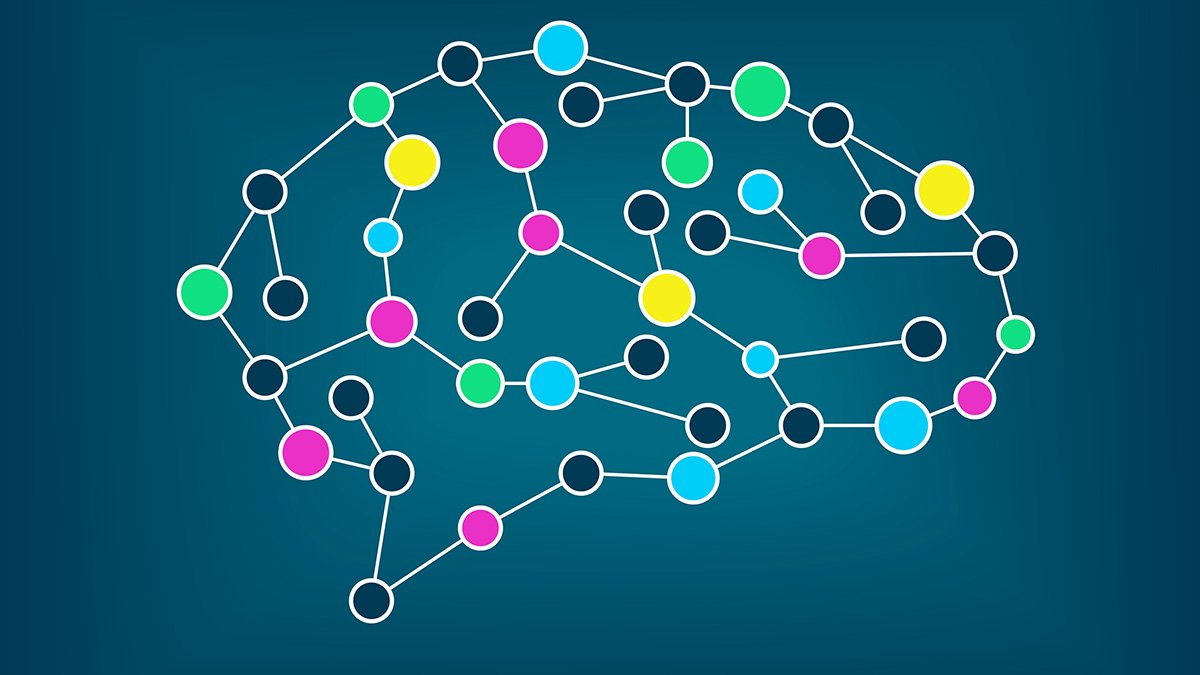What is Swarm Intelligence?
Swarm Intelligence (SI) refers to the collective behavior of decentralized, self-organized systems, typically composed of simple agents interacting locally with one another and with their environment. It draws inspiration from natural systems such as ant colonies, bird flocking, fish schooling, and bee hives—where simple rules followed by individuals result in complex, intelligent global behavior.
The Concept in Simple Terms
Imagine a group of birds flying in perfect formation. No single bird is the leader, yet they maintain synchronization, avoid obstacles, and find optimal paths. Swarm Intelligence replicates such dynamics in artificial systems using similar principles: local communication, self-organization, and emergent behavior.
Core Principles of Swarm Intelligence
- Decentralization
- No central control system. Each agent (individual) acts based on local information.
- Self-organization
- Order arises naturally from local interactions.
- Flexibility
- Systems adapt to changes in the environment.
- Robustness
- Failure of individual agents doesn’t collapse the system.
- Emergence
- Global behavior emerges from simple local rules.
Biological Inspirations of Swarm Intelligence
| Biological System | Behavior | Algorithm Inspired |
| Ant Colonies | Path finding, food foraging | Ant Colony Optimization (ACO) |
| Bird Flocking | Collision avoidance, alignment | Boids Model |
| Fish Schooling | Predator avoidance, navigation | Particle Swarm Optimization (PSO) |
| Bee Hives | Task allocation, resource discovery | Artificial Bee Colony (ABC) |
Popular Swarm Intelligence Algorithms
1. Ant Colony Optimization (ACO)
Inspired by how ants find the shortest path to food using pheromone trails.
Use Cases:
- Network routing
- Traveling Salesman Problem
- Logistics and scheduling
2. Particle Swarm Optimization (PSO)
Mimics the social behavior of birds or fish to find optimal solutions.
Use Cases:
- Machine learning optimization
- Neural network training
- Function optimization
3. Artificial Bee Colony (ABC)
Simulates the food foraging behavior of honey bees.
Use Cases:
- Image processing
- Data clustering
- Engineering design
Chart: Algorithm vs. Application Areas
| Algorithm | Engineering | AI/ML | Data Science | Networking |
| ACO | ✓ | ✓ | ✓ | ✓ |
| PSO | ✓ | ✓✓ | ✓✓ | |
| ABC | ✓✓ | ✓ |
Swarm Intelligence in Real-World Applications
1. Robotics
Swarm robotics deploys multiple simple robots that coordinate without central control. Examples include search-and-rescue missions, planetary exploration, and military surveillance.
2. Traffic Management
Dynamic traffic light control using swarm principles can significantly reduce congestion by optimizing flow in real-time.
3. Drone Swarms
Used in agriculture for coordinated crop monitoring or in entertainment for aerial light shows.
4. Financial Market Analysis
Swarm algorithms analyze stock trends, predict price movements, and automate trading decisions.
5. Telecommunication Networks
Routing and load balancing problems are addressed with ACO to improve efficiency and reduce latency.
Image Suggestion: Multi-panel visual showing robotic swarm, traffic optimization, and drone formation
Benefits of Swarm Intelligence
- Scalability: Works well with increasing number of agents.
- Fault Tolerance: Individual agent failures don’t affect the entire system.
- Simplicity: Agents follow simple rules, reducing complexity.
- Adaptability: Quickly adjusts to dynamic environments.
Limitations and Challenges
- Communication Overhead: Large swarms require efficient communication protocols.
- Convergence Speed: Finding optimal solutions may take longer in complex environments.
- Noise Sensitivity: Randomness in behavior can affect performance.
- Lack of Global Perspective: Local decision-making might miss global optima.
Visual Diagram: “How Swarm Intelligence Works”
Future Trends in Swarm Intelligence
- Integration with AI: Combining deep learning with SI for better decision-making.
- Smart Cities: Autonomous traffic systems, energy management.
- IoT Ecosystems: Distributed device management using swarm-based protocols.
- Edge Computing: Decentralized data processing using swarm-inspired distribution.
- Healthcare: Robotic surgeries, drug discovery, and pandemic modeling.
How to Get Started with Swarm Intelligence
- Learn the Basics – Understand principles from natural systems.
- Choose a Platform – Tools like NetLogo, MATLAB, Python (DEAP, PySwarms).
- Experiment with Algorithms – Implement ACO, PSO, and ABC.
- Simulate & Visualize – Use 2D/3D simulations to observe behavior.
- Solve Real Problems – Apply to logistics, optimization, or clustering tasks.
External Reference:
- Bonabeau, E., Dorigo, M., & Theraulaz, G. (1999). Swarm Intelligence: From Natural to Artificial Systems.
- https://link.springer.com/book/10.1007/978-3-030-28619-4
Final Thoughts
Swarm Intelligence shows us that the sum is greater than its parts. Inspired by the natural world, it opens doors to new possibilities in artificial intelligence, robotics, and data optimization. Whether in managing drones or solving logistics puzzles, its decentralized, adaptive nature makes it a key player in the future of intelligent systems.
📢 Enjoyed This Article?
If you found this post insightful:
- Subscribe to Our Newsletter for more deep tech insights
- Leave a Comment with your thoughts or questions
- Share This Article with your peers to spread the knowledge
Visit us at www.techthrilled.com for more articles on cutting-edge technologies.
